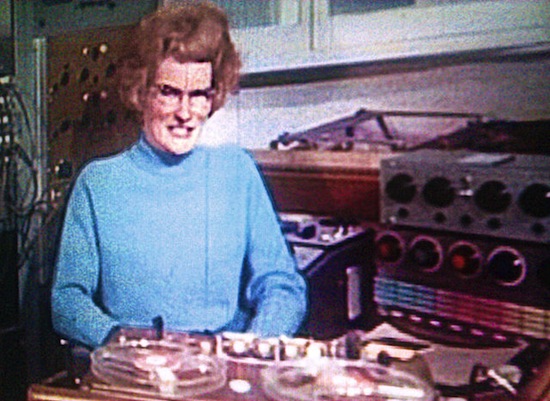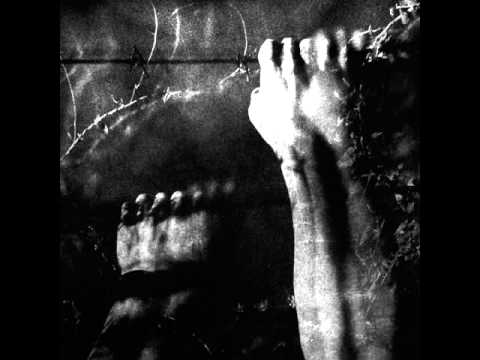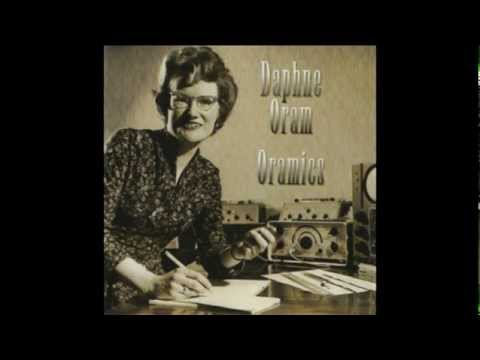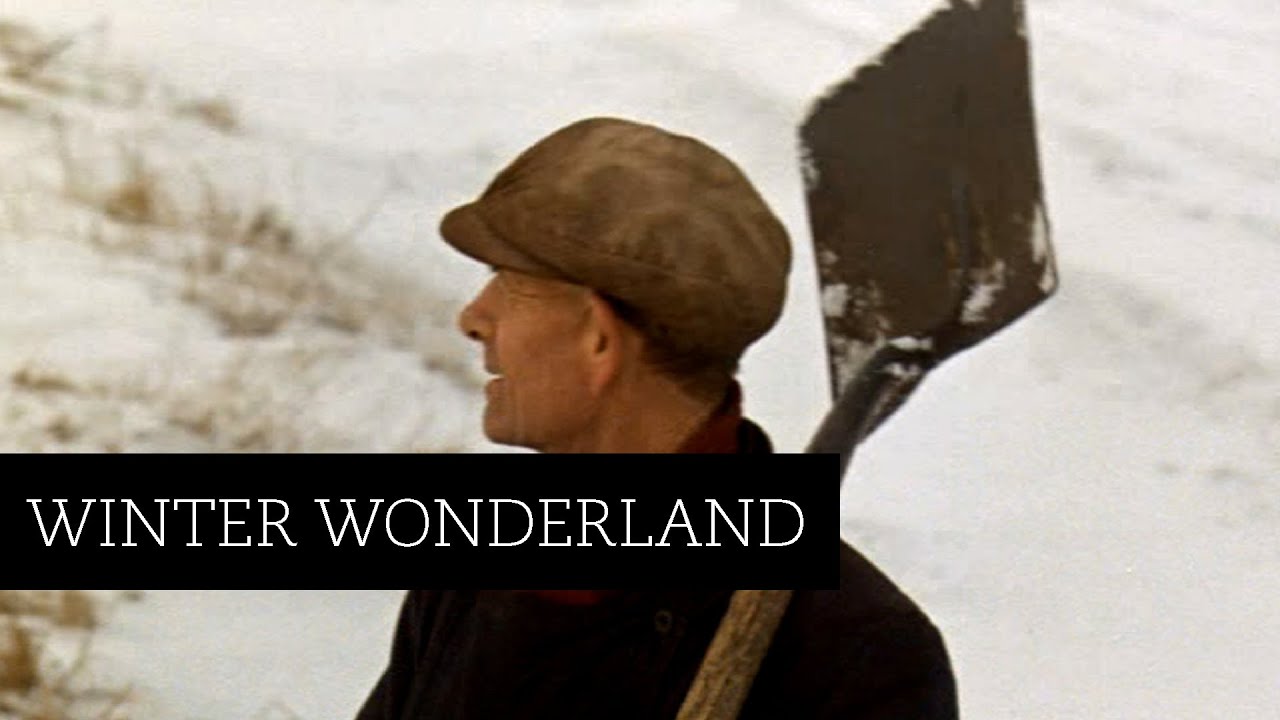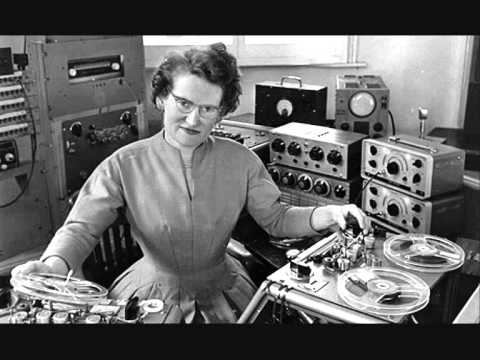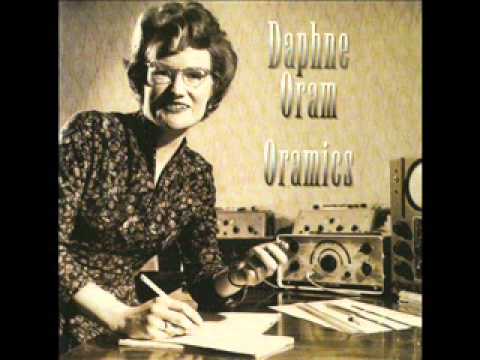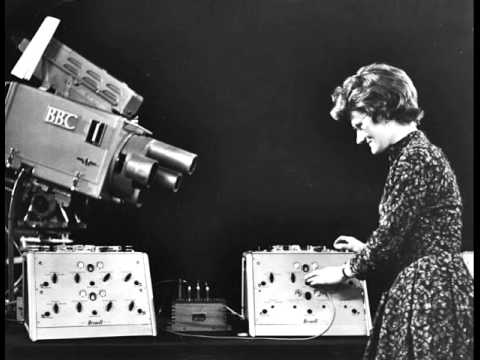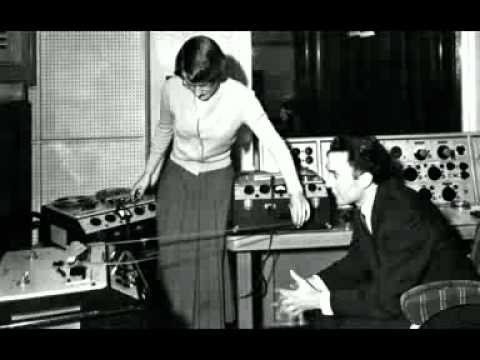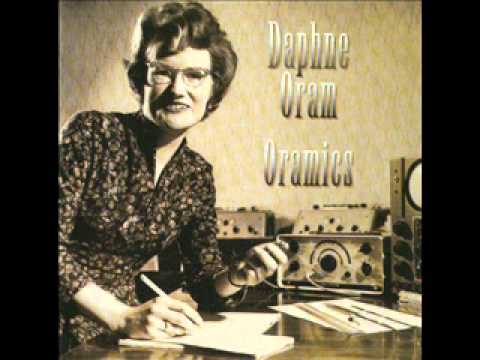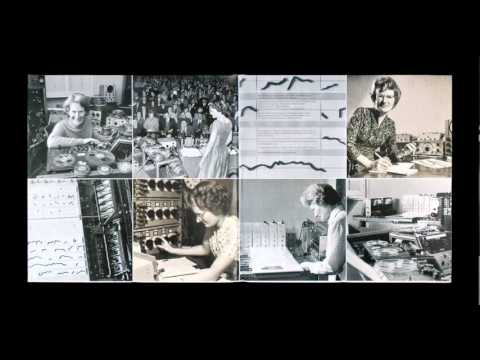Walls, the Kompakt-signed UK duo, are set to release Sound Houses, their album drawing on the work of electronic music pioneer and BBC Radiophonic Workshop founder Daphne Oram, next Monday, May 5, via their Ecstatic Recordings label.
When creating it, Walls’ Alessio Natalizia and Sam Willis were given free rein over Oram’s archives, which now reside at Goldsmiths’ College in London. Explaining the process, the band say they, "were permitted to select choice recordings… otherworldly drones, alien FX and violin and cello-esque tones", to which they added their own drum machine, modular synth and found sound. Have a listen to ‘Extremely Long Corridor’ from the album:
Oram left behind a hugely influential body of work when she passed away in 2003, including her famous "Oramics", a process of creating sound through hand-drawn 35mm film strips that were then read by a specially-constructed machine and converted into sound. The Science Museum ran an exhibition showcasing the machine last year; you can watch a short documentary about Oramics on their website. Much of Oram’s work, taking in commercial, broadcast and performance commissions, was made after she left the Radiophonic Workshop after only a year due to the BBC’s lack of interest in her more experimental work, and was recently collected on the 2007 compilation Oramics.
Ahead of the record’s release, Daphne Oram scholar and sound artist Tom Richards, who is writing his PhD on Oram at Goldsmiths and the Science Museum, has kindly given us a primer to her output – take a look at ten of Oram’s finest moments below.
‘Four Aspects’
Oram’s early tape masterpiece, composed for her lecture and demonstration at Edinburgh Festival in 1959. It has everything from sublime ambience to intense apocalyptic tape feedback; amazing.
‘Pulse Persephone’
Oram was commissioned to write a piece for the ‘Treasures Of The Commonwealth’ exhibition at Burlington House, London in 1965. This concrète piece sounds as fresh as the day it was written.
‘Snow’
This is by Geoffrey Jones from 1963. The music arrangement is credited to Johny Hawksworth with musical effects by Daphne Oram. Oram’s dubbed out tape and filter treatments make the drums really sound like trains. Weirdly uncredited is <a
href="http://www.youtube.com/watch?v=W9w3gZ1avX8" target="out">’Teen Beat’ by Sandy Nelson from 1959, which it seems to be derived from.
‘Episode Metallic’
‘Episode Metallic’ was commissioned by The Mullard Radio Valve Co Ltd in 1965 to provide the soundtrack for the Nucleus kinetic sculpture by Andrew Bobrowski, and was installed in their London HQ.
‘Lego’ and ‘Tumblewash’
These advertisements for Lego and Tumblewash washing machines are representative of Oram’s bread and butter commercial work from the mid-60s. As kitsch and amusing as they now sound, it is still remarkable that Oram made herself the go-to person for commercial electronic sound treatment in the UK. Someone has commented on Tumblewash: "the original ‘Analogue Bubblebath’" – brilliant!
‘Private Dreams and Public Nightmares’
A BBC radio play by Frederick Bradnum, with electronic effects from Oram, just before the establishment of the Radiophonic Workshop. The BBC drama department had to warn the broadcast technicians that something unusual was going out so that they didn’t think it was a technical error!
‘Pompie Ballet’
This track exemplifies the unique haunting sound of the Oramics machine. Oram created incredible string and brass-like sounds on her unique optical music device – way before digital synthesis techniques caught up.
‘Dr Faustus Suite’
Oram created this menacing soundtrack for an Eton College production of Marlowe’s Dr Faustus in the late 50s.
‘Bird Of Parallax’
‘Bird Of Parallax’ was created in 1972 using sounds from the Oramics machine as well as concrète tape montage. The piece was written for Xallaparallax, a ballet performed at the Edinburgh Festival.

